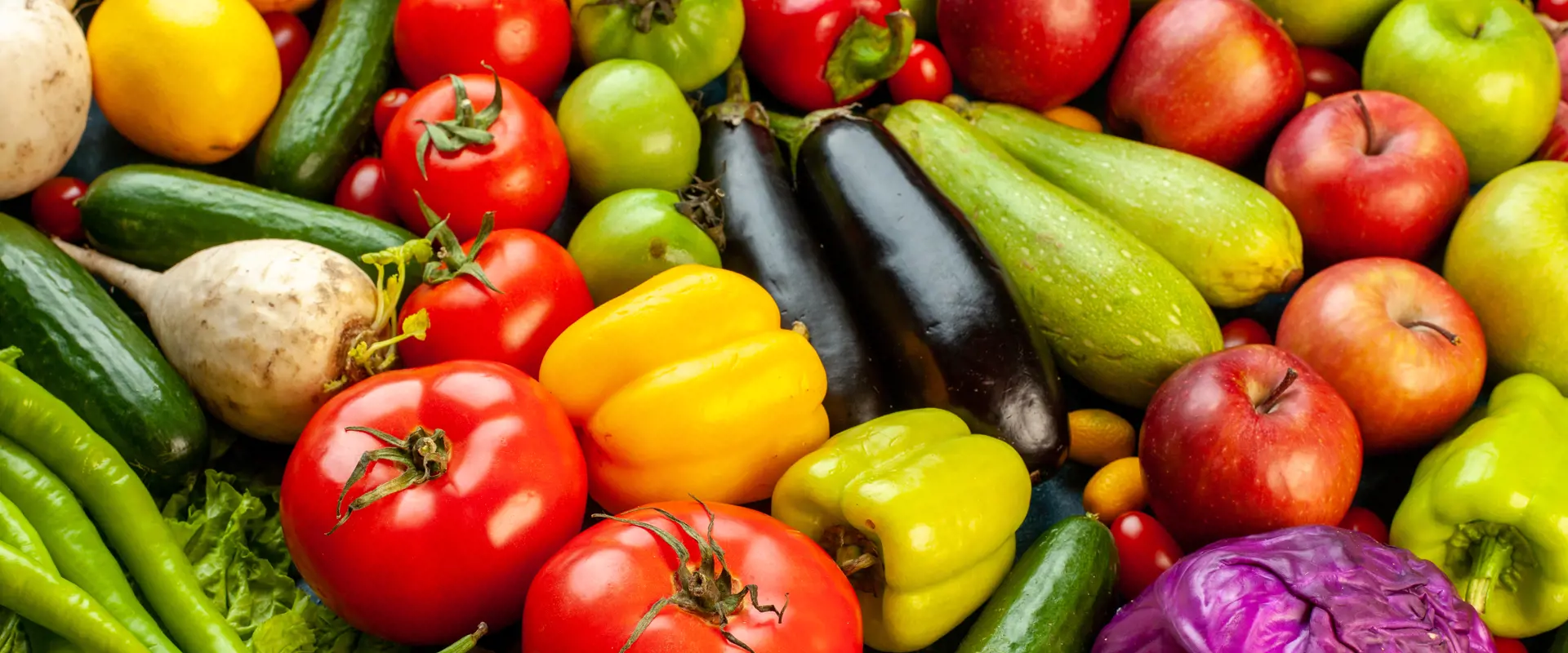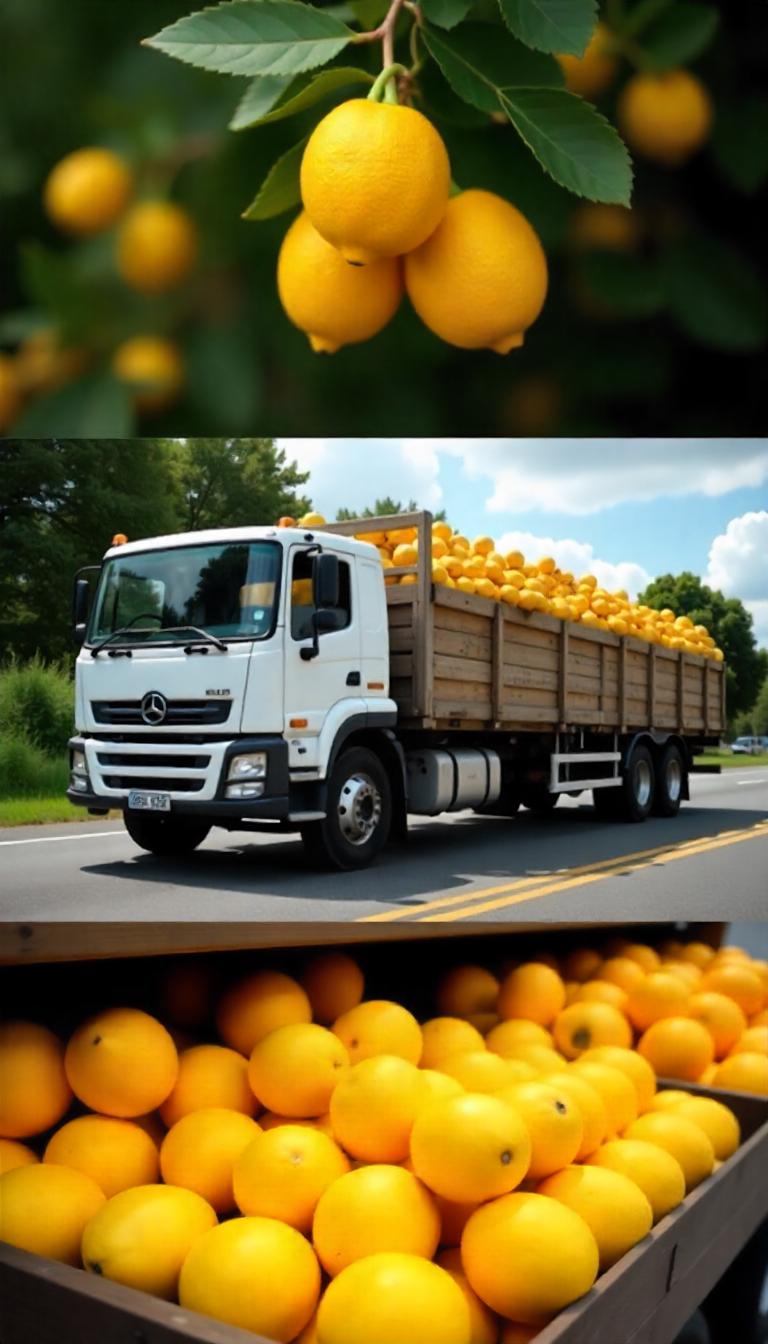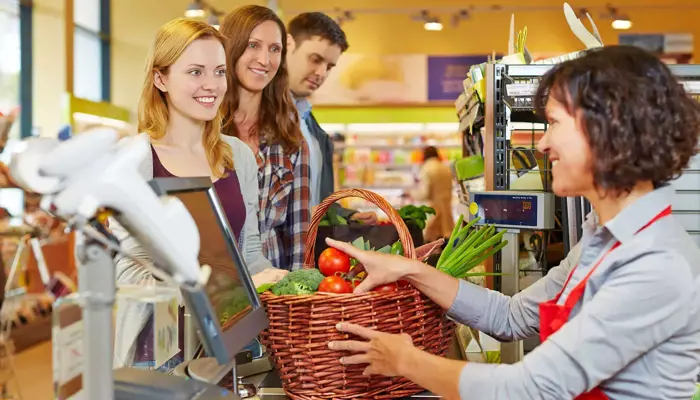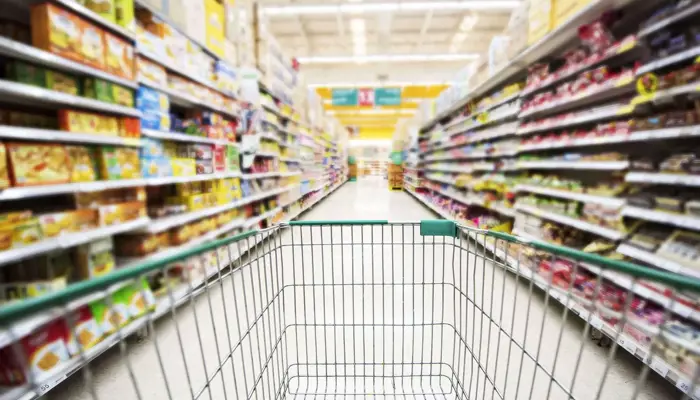
From farm to shelf: how the fruit and vegetable supply chain works and why it needs to be digitalized today
In the world of large-scale retail, fresh produce logistics is no longer just a simple transportation process. It is a complex, interconnected ecosystem involving agricultural producers, distribution centers, stores, return systems, and sanitation hubs. Every step is critical. And every mistake can lead to waste, delays, or loss of quality.
- Visibility at every stage of the supply chain: from field to shelf, every smart container by Thinkin provides real-time data on location, batch, status, and environmental conditions.
- Reduction of waste, errors, and hidden costs: digitalization eliminates manual mistakes, improves FIFO rotation, and automates reordering.
- A more efficient and transparent fresh produce supply chain: producers, logistics providers, and retailers work more effectively through shared data and integrated processes.
According to the FAO, up to 30% of food waste stems from inefficiencies in managing the fresh produce supply chain. At a time when sustainability, transparency, and quality are top priorities for both consumers and regulations, it's time to completely rethink the value chain.
How the Fruit and Vegetable Supply Chain Works
The fresh produce logistics cycle begins with the agricultural producer and passes through seven main stages:
- Grower and Producer:
Fruits and vegetables are harvested, sorted, and packed into containers. At this stage, crucial information can be recorded, such as origin, quality, batch number, and harvest date. - Retail Distribution Center:
Containers arrive at the distribution center, where they are sorted, inspected, and redirected to various retail outlets. This is a critical phase to ensure that delivery times and storage conditions are properly maintained. - Storage and Shipping:
Before dispatch, the goods are temporarily stored and then loaded onto refrigerated vehicles. Every hour matters—delays, mistakes, or temperature fluctuations can compromise product quality. - Retail Outlet:
Products are delivered and arranged on store shelves. Following the FIFO (First In, First Out) method is essential here to ensure freshness and minimize waste. - Reverse Logistics:
After the sale, empty containers must be collected, tracked, and efficiently returned. Disorganized reverse logistics can lead to losses, additional costs, and operational inefficiencies. - Container Cleaning and Sanitization:
Once returned, containers must be thoroughly cleaned and sanitized to prevent contamination and ensure compliance with hygiene regulations. - Container Collection and Inspection:
After sanitization, each container is visually or digitally inspected. Do they need further washing? Can they go back into circulation immediately? This is where the next use cycle is determined.

In this cycle, the containers (crates) are the primary units of transport and interaction. However, in most cases, they are “silent elements” — lacking data and managed manually.
Main Challenges
In our daily work with large-scale retailers and fresh produce producers, we see recurring issues:
- Perishability and Freshness
Freshness is the number one purchase driver, yet it’s difficult to guarantee at every step of the supply chain.
Consumers evaluate fresh produce primarily based on its freshness. According to McKinsey, over 70% of grocery shoppers choose where to shop based on the perceived quality of fresh products.
Yet, FAO data shows that up to 45% of fruits and vegetables are lost before even reaching the shelf. Why? Because the supply chain is long, fragmented, and often opaque.
Maintaining control over freshness — from harvest to shipping to point of sale — is one of the most urgent challenges that Thinkin can help address.
- Volatile Product Availability
In the fresh produce sector, availability is affected by seasonal, climatic, and geographical conditions — unexpected rain, heatwaves, frost, changes in ripening times.
These factors can drastically alter harvest timing and volume, making forecasting extremely difficult.
Additionally, the supply chain involves a wide range of small, localized suppliers, each with their own schedules, packaging standards, and logistics networks.
This fragmentation leads to an inconsistent and poorly standardized product flow.
- Inefficient Reordering
Another frequent issue is the lack of reliable data on inventory levels and product movement speed throughout the supply chain.
Warehouse and store managers often lack up-to-date, accurate visibility on how much stock is actually available, what’s about to expire, or what’s moving too slowly.
Why? Because information is collected manually, scattered across different systems, or simply not accessible in real time.
This data gap has a direct and measurable impact on operational efficiency and profitability.
When reorders are based on rough estimates rather than real-time data, the risks are:
-
Over-ordering: leads to waste, unnecessary logistics costs, and overburdened staff.
-
Under-ordering: results in empty shelves and lost sales.
In both cases, control is lost, and the customer experience suffers.
- Manual Operations
Labeling, quality control, and inventory still done on paper = errors and slow processes.
- Lack of Traceability
Now more than ever, consumers want to know where their food comes from.
They want to scan a QR code and see the origin, harvest date, who packed it, and even how it was transported.
On top of that, regulations are tightening, both nationally and at the EU level.
From the EU Food Traceability Regulation to growing ESG (Environmental, Social, Governance) requirements, the message is clear: every step must be transparent and verifiable.
- Disputes and Extra Costs
In fresh produce logistics, the absence of objective data can turn small incidents into major financial and relational problems.
Example: A distribution center receives a batch of vegetables with wilted leaves or damaged packaging.
The supplier claims the shipment left in perfect condition.
Who's right?
Without temperature tracking, shock detection, or transit logs, there's no way to prove it.
Another scenario: Some reusable plastic crates (RPCs) never make it back to the supplier.
The retailer says they returned them. The supplier says they didn’t receive them.
No return records, no delivery proof, no geolocation.
Result? Disputes, delays, and often unexpected costs charged to the wrong party.
In these cases, the lack of verifiable data breeds mistrust, claims for damages, operational waste, and broken business relationships.
With a digital, traceable system, every step is documented, every container has a “memory,” and every action can be verified in seconds.
The Solution: Digitalizing the Supply Chain with Smart Containers
To address the inefficiencies plaguing the fresh produce supply chain, Thinkin offers a concrete, scalable, and field-ready solution: connected smart containers that turn an ordinary crate into an active IoT device.
Each container is equipped with:
- Integrated E-Ink Display
Displays essential real-time information about the product inside—origin, harvest date, batch number, weight, and source—continuously updated without the need for paper or manual labels.
- LED Indicators and Control Buttons
Guide operators during picking and logistics operations, clearly showing which container should be selected (e.g., according to FIFO logic) or flagging anomalies such as expired or quarantined products.
- Temperature Sensors
Continuously monitor temperature, detect thermal shocks, exposure times, and critical conditions during transport or storage. These data points are essential for ensuring product quality and compliance with regulations (e.g., HACCP standards).

All in a single device, seamlessly connected to the ThinkIN platform
These physical components are just the tip of the iceberg. Each container is connected to a centralized IoT platform, which enables:
-
Real-time data visualization through customizable dashboards
-
Smart alerts for critical events (e.g., out-of-range temperature, missing container, non-compliant batch)
-
Seamless integration with WMS, ERP, and labeling systems via API
-
Full traceability of each asset’s location, status, and history across the entire supply chain
This allows grocery retailers and fresh produce suppliers to shift from manual, reactive management to a digital, proactive, and data-driven approach.
The Benefits? Real-Time, Tangible, and for Everyone
For Producers
-
Batch traceability from harvest to shelf
Each ThinkIN smart container records and transmits data related to origin, variety, harvest date, and environmental conditions. This enables full, verifiable traceability—essential for meeting retailer and regulatory demands. -
Reduced waste and labeling costs
The digital display replaces paper labels, eliminating manual errors, consumables, and rework. Everything is dynamic and can be updated remotely. -
Greater transparency and fewer disputes
With objective, traceable data throughout the supply chain, producers can easily prove product compliance and reduce the risk of disputes with clients or distributors.
For Logistics Centers
-
Automated goods receiving, weighing, and quality control
With automatic container identification and pre-loaded display info, goods intake becomes faster, more accurate, and fully digital. Quality checks are quicker, with fewer errors and no paperwork. -
Enhanced visibility on product rotation and anomalies
The ThinkIN platform allows real-time monitoring of slow-moving batches, approaching expiry dates, and issues like missing containers, temperature anomalies, or lack of movement. -
Dynamic order planning
With reliable, up-to-date data, logistics can optimize outbound flows, reducing urgency, overproduction, and partial shipments. Fewer empty runs, more operational efficiency.
For Retailers
-
FIFO management and smart reordering
Digital displays guide staff during picking, showing which container should be used first based on FIFO logic. The system can also trigger automatic reorder requests when stock levels drop. -
Automatic label updates
Product information (batch, origin, expiry date, QR code) is updated in real time on the container’s e-ink display—eliminating labeling errors and manual interventions. -
Improved customer experience and reduced waste
Shoppers find fresh, well-organized, traceable products. Less spoilage, fewer stockouts, more trust in the brand. A store that communicates transparency, quality, and innovation.
The Smart Supply Chain Is Already a Reality
The Future of Fresh Produce Logistics Is No Longer a Promise
It’s a connected, data-driven network operating in real time.
Thanks to ThinkIN’s solutions, every container becomes an intelligent node in the system—able to collect and share valuable data that helps optimize the entire supply chain.
From field to shelf, the fresh supply chain evolves from fragmented and opaque to smart, transparent, and efficient.
Want to Discover How to Digitalize Your Supply Chain?
Contact us for a personalized demo or Download our brochure on the connected fresh produce supply chain.
Start transforming your operations—from manual to intelligent, from reactive to real-time.



